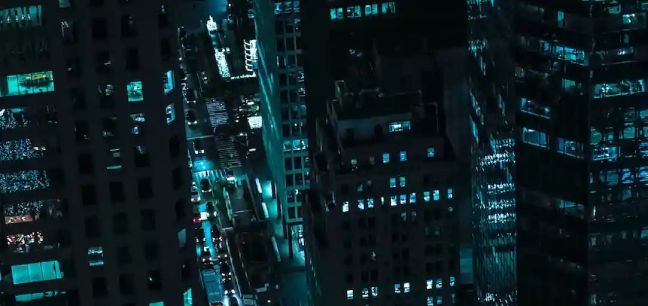Chicago's Millennium Park: Home to 'The Bean'
5 min read
19 Aug 2024
Millennium Park, located in the heart of downtown Chicago, is a dynamic urban space that blends art, architecture, and greenery to create a vibrant cultural hub. At the center of it all is "Cloud Gate," affectionately known as "The Bean," a stunning sculpture that has become an iconic symbol of both Chicago and modern art. In this article, we'll take a closer look at the history, design, and cultural significance of Millennium Park and its most famous resident, "The Bean."
A Park for the New Millennium
Millennium Park was officially opened in 2004, marking the beginning of the 21st century with a space that redefined urban parks. Located on 24.5 acres, it quickly became a focal point for locals and tourists alike. The park's design emphasizes green spaces, innovative art installations, and a commitment to sustainability. It serves as a testament to the city's dedication to the arts and culture while providing a welcoming oasis amidst the bustling cityscape.

The Creation of "The Bean"
"The Bean," whose official name is "Cloud Gate," is the brainchild of British-Indian artist Anish Kapoor. Composed of 168 stainless steel plates, this reflective sculpture stands 33 feet high and weighs in at 110 tons. The nickname "The Bean" comes from its distinctive kidney bean shape, but its mirror-like surface creates a striking and distorted reflection of the surrounding city skyline. Kapoor's work was inspired by the idea of liquid mercury and was brought to life with advanced computer modeling and construction techniques.
Reflecting the City
One of the most captivating aspects of "The Bean" is its reflective surface. Visitors can walk around and underneath the sculpture, seeing themselves and the city from multiple angles. The distorted reflections create unique photo opportunities, making it a favorite spot for both amateur and professional photographers. The way "The Bean" captures the Chicago skyline, the park's lush greenery, and the people who visit it has made it an integral part of the city's visual identity.
Cultural Gatherings
Millennium Park isn't just a place for reflection; it's a hub for cultural events and performances. The Jay Pritzker Pavilion, designed by architect Frank Gehry, is an outdoor amphitheater with a distinctive silver canopy that hosts concerts, festivals, and other performances throughout the year. The park also features the Crown Fountain, which combines art and technology to create an interactive and engaging experience for visitors, especially on hot summer days.
A Symbol of Chicago
For both residents and visitors, "The Bean" has become an iconic symbol of Chicago. It represents the city's innovative spirit and commitment to the arts. It's a gathering place, a reflection of the city's skyline, and a source of inspiration. Whether you're taking a selfie with its shiny surface, enjoying a concert at the pavilion, or simply strolling through the lush gardens, Millennium Park and "The Bean" offer a taste of Chicago's unique blend of culture and green spaces.
Conclusion
Millennium Park, with its stunning centerpiece "The Bean," has transformed Chicago's urban landscape into a dynamic space that celebrates art, architecture, and community. It's a place where residents and tourists come together to enjoy cultural events, relax in lush gardens, and marvel at the mesmerizing reflections in Kapoor's masterpiece. As Chicago continues to evolve, Millennium Park remains a symbol of the city's commitment to creativity and its belief in the power of art to bring people together.



